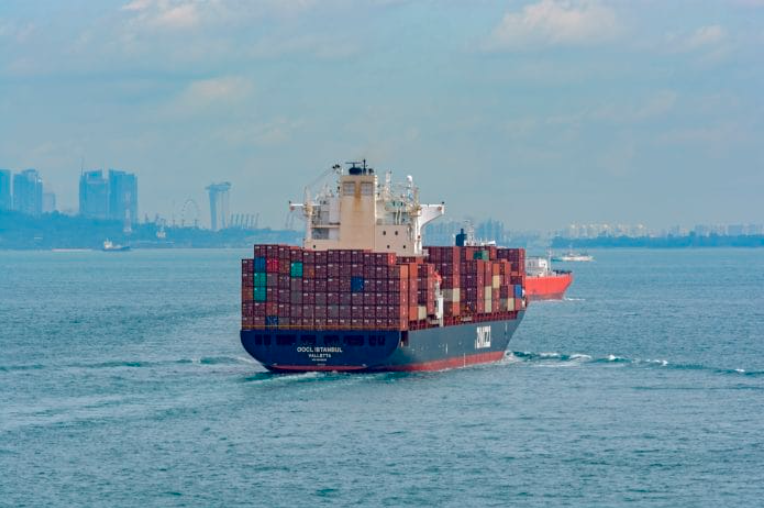From Global Integration To “Geo-Economic Fragmentation” – A New Global Trade Order?

Prof. Evelyn S. Devadason, Universiti Malaya
The global trade architecture is facing its biggest test, that is, the forces of integration are now increasingly set against the risks of geo-economic fragmentation. The risks of a reversal of greater integration - readjustments in trading relationships, reconfiguration of supply chains and shifting alliances (friendshoring), rising industrial policies and trade protectionism – drive the discourse on a new global trade order.
At this juncture, however, there is much uncertainty as to whether the confluence of the various developments may affect the extent of integration or reshape global integration.
Key Fractures
A key fracture to the current world order is the power rivalry between the United States (US) and China, the world's largest trading partners. The US-China conflict, that began in January 2018, has led to a decline in bilateral trade in semiconductors (the so-called new oil industry) by an average negative 6.3% between 2020 and 2022 due to tariffs and tit-for-tat retaliation.
The semiconductor landscape undoubtedly is changing as the priorities of national leaderships shift towards industrial policy in the form of discriminatory subsidies, export controls, and even investment bans to strategically reposition the industry. Chip nationalism has now become commonplace with the Chips and Science Act (August 2022) and the Inflation Reduction Act (IRA, August 2022) in the US, the European Chips Act (July 2023) in the European Union (EU) and export controls imposed on advanced semiconductor manufacturing equipment by Japan and the Netherlands (March 2023).
As the DNA of technology, chips, recognizably is essential not just to economic security but also national security. Consequently, national security considerations are playing a rapidly increasing role in trade policy, marking the entry into a new phase of policymaking where geopolitical ends trump economic considerations.
The escalation of the Russia-Ukraine war (February 2022) has contributed further to the reorientation of trade along geopolitical lines. The reason being it has exposed Europe's dependence on energy supply from Russia. The geopolitical reliance on essential goods, in this case energy, further invokes the question of energy security within the broader context of national security as Russia and Ukraine are both major suppliers of nickel, krypton, aluminum, and palladium, which are critical to produce semiconductors.
The consequences of the war are the higher demand for non-Russian energy supplies and the competition for alternative sources of (clean) energy and more importantly the associated demand for critical minerals. For example, lithium, cobalt, manganese, and graphite are used to produce electric vehicle (EV) batteries, while rare earth elements (REE), such as neodymium, are used for permanent magnets in EV motors.

This explains the subsequent expansion in trade regulations applied to critical supply chains, from semiconductors to critical minerals that are used in modern technologies. Unilateral environmental measures - the EU's Carbon Border Adjustment Mechanism (CBAM, that will take effect on 2026), Indonesia's export restrictions on raw materials (June 2023) and China's export restrictions on gallium and germanium – are either beginning to take off in some countries, intensified by the net zero transition, or making a comeback on grounds of national interest.
The race for critical and cutting-edge technology, from blockchain, internet of things (IoT), artificial intelligence (AI) and the development of hypersonics, and underwater drones, among others, is now most relevant to national security and explains the return of containment policy. A case in point is the strict 2022 export controls of the US that choke off China's access to the advanced (and almost exclusively American-designed) computer chip hardware that powers AI, followed by an executive order banning some US investment in the Chinese technology industry (cutting-edge semiconductors, AI, and quantum technology) in August 2023.
Allen, 2023, emphasizes that “leadership in AI technology is foundational to the future of economic and military power.”
Key Takeaways
The US-China stand-off shows that size and clout matters, while the Russia-Ukraine war indicates that hard power matters. While it is recognized that there has been a recalibration of views on economic factors driving global trade, arguably, the concept of national security has been overstretched and is shaping trade policy in the current world order where trade, technology and geopolitics have become intertwined.
The global trading system is under pressure, more now than before, with intensified and targeted protectionism, competition for new energy sources and critical minerals, and with greater tech competition and decoupling. The uncertainties from a “more shock-prone world” and the interconnected risks in a world of “polycrisis” and “geo-economic fragmentation” is going to redefine the new global trade order.
Evelyn S. Devadason (pic) is a Professor at the Faculty of Business and Economics, University Malaya, and Vice-President of the Malaysian Economic Association.
